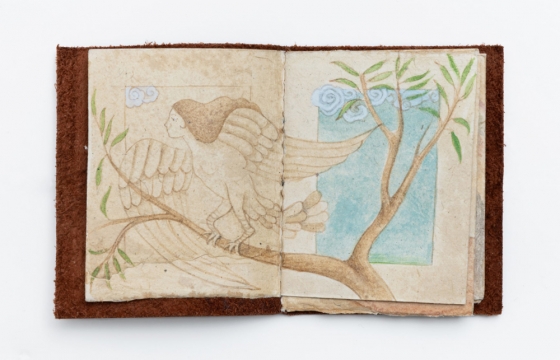Henry Curchod Henry Curchod’s Website Henry Curchod on Instagram
When Art Meets Hospitality: Best Lisbon Creative Hotels
When Art Meets Hospitality: Best Lisbon Creative Hotels Hotels worldwide are increasingly merging art and hospitality by showcasing museum-quality works and nurturing new talent. Art in hotels is not a recent phenomenon. However, a new wave of hotels is redefining how art is displayed and sourced, ranging from acquiring unique pieces and executing large-scale installations…
The post When Art Meets Hospitality: Best Lisbon Creative Hotels appeared first on Hue & Eye.
How to Deal with Difficult Customers
Dealing with difficult customers doesn’t have to be a disastrous experience. Here’s how to turn those problems around.
The post How to Deal with Difficult Customers appeared first on Artsy Shark.
Rachel Harrison at Greene Naftali, New York
at Greene Naftali, New Yorkuntil June 21, 2025
Sotheby’s London to Sell ‘Greatest Collection of Surrealism to Emerge in Recent History’
The sale of Pauline Karpidas’ collection is expected to fetch $81 million, the highest estimate ever placed on a single collection at Sotheby’s in Europe.
Libasse Ka’s Abstractions Channel Chaos and Calm
His paintings offer inventive solutions to thoroughly painterly problems.
Hiba Schahbaz’s “Magical Creatures”

Adler Beatty is pleased to present Magical Creatures, an exhibition featuring the work of Karachi-born artist Hiba Schahbaz alongside Western European illuminated manuscripts, rare books, and objects, created between the 14th and 19th centuries from private collections and Les Enluminures.
Phung-Tien Phan “kein Charakter” at Schiefe Zähne, Berlin
The dinosaurs forgot their lines again.They roll out anyway, wearing their silly smiles, pompoms on their tails. In the back row somebody claps, another just watches. Phung-Tien Phan doesn’t offer a story, no hero protagonist, but a costume rack of archetypes, as interchangeable as they are ephemeral.If a recent realization in Phan’s work is,as StantonTaylor
Jonathan Gardner Gives Life a “Still Life” in Paris

To mark Jonathan Gardner’s representation by the gallery, MASSIMODECARLO Pièce Unique in Paris is very pleased to host his first solo presentation, entitled Still Life. Featuring two new works on canvas, Still Life is an open window into Gardner’s practice. Anchored in daily life, Gardner’s paintings are composed never from photographs, but from memory. Shapes, figures and objects are brought together in clear compositions, where scale and perspective are delicately distorted to create a complex layering of volumes, patterns and subjects in carefully contrasting colours. Intentionally formal, Gardner embraces the complexity of oil painting as a craft.